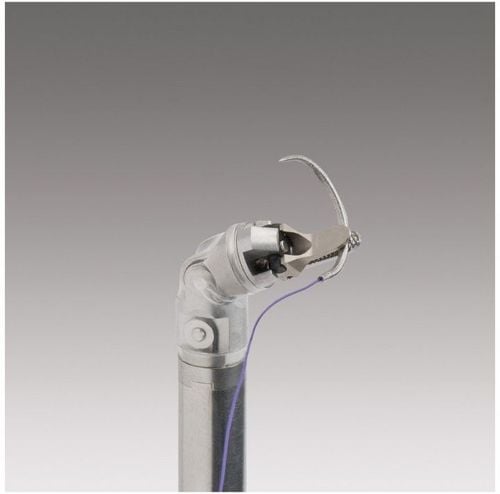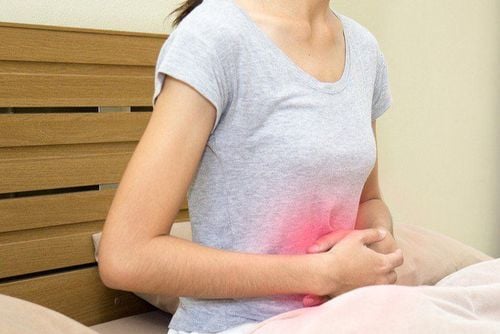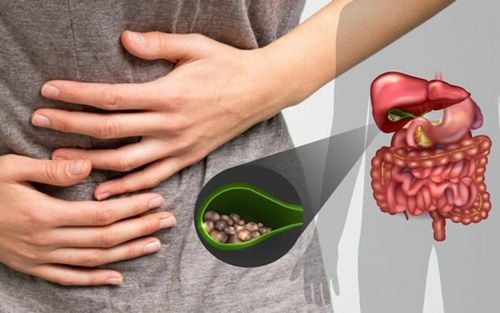This is an automatically translated article.
The article is professionally consulted by Master, Doctor Le Phuc Lien - Urologist - Department of General Surgery - Vinmec Central Park International General Hospital. The doctor has more than 12 years of experience in the field of urology and specialized urology.Gallstone disease - gallstones is a fairly common disease in our country when accounting for more than 90% of the total number of patients with gallstones. If not detected and treated promptly, the disease can cause many dangerous complications such as biliary obstruction, inflammation, acute pancreatitis..
1. Common bile duct stones
Common bile duct stones are very common bile duct stones, due to many causes. In developed countries, common bile duct stones are often secondary stones caused by gallstones moving down, while in Asian countries such as Vietnam, they are often associated with infectious factors, parasitic infections of the biliary tract. The common bile duct is the tube that carries bile directly from the liver to the duodenum to aid in the digestion of food. Therefore, the common bile duct is very important in the circulation of bile. If stones appear in the bile duct, it will significantly reduce the amount of bile flowing into the duodenum, causing fullness and slow digestion. Large stone size will cause bile duct obstruction, leading to life-threatening complications such as necrotizing cholecystitis, acute pancreatitis...
Typical common bile duct stone symptoms include: abdominal pain , high fever and jaundice...
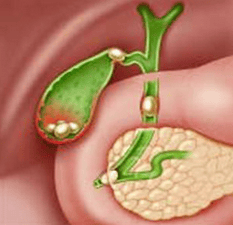
Sỏi ống mật chủ thường là sỏi thứ phát do sỏi túi mật di chuyển xuống
2. Methods of treating common bile duct stones
2.1. Non-surgical medical treatment with temporary drugs will help improve symptoms, reduce complications that stones create. Commonly prescribed drugs such as antibiotics, pain relievers, muscle relaxants... this is one of the first effective ways to treat bile duct stones
Medical treatment of common bile duct stones uses chemicals lithotripsy such as:
Take a combination of chenodeoxycholic with ursodeoxycholic. Using a mixture called MTBE including Methyl - Tertiary - Butyl - Ether, injected directly into the biliary tract to perform duodenoscopy and cut the muscle of Oddi to remove stones. Perform subcutaneous lithotripsy, or endoscopic biliary lithotripsy. These are just a few typical indications in the treatment regimens for common bile duct stones without surgery.
2.2. Surgery 2.2.1 Open surgical method This is the laparoscopic method of removing bile duct stones with Kehr drainage. Previously, this technique was applied to surgical treatment of common bile duct stones. But so far, more attention has been paid to the issue of surgical methods, laparotomy methods, and steps of biliary opening, which are highly dependent on pathological lesions and Kehr drainage. will overcome most of the pain and injury suffered by the patient.
Currently, Vinmec International General Hospital is one of the leading medical centers applying this method in the medical treatment of common bile duct stones with Kehr drainage. Here, the treatment of common bile duct stones is being applied by laparoscopic surgery to remove common bile duct stones with Kehr drainage, an advanced method currently being applied in many countries around the world. This method uses an Avance CS2 anesthesia machine, GE's R860 ventilator, and an Endoscope, with a postoperative success rate of up to 95%.
2.2.2 Laparoscopic surgery method
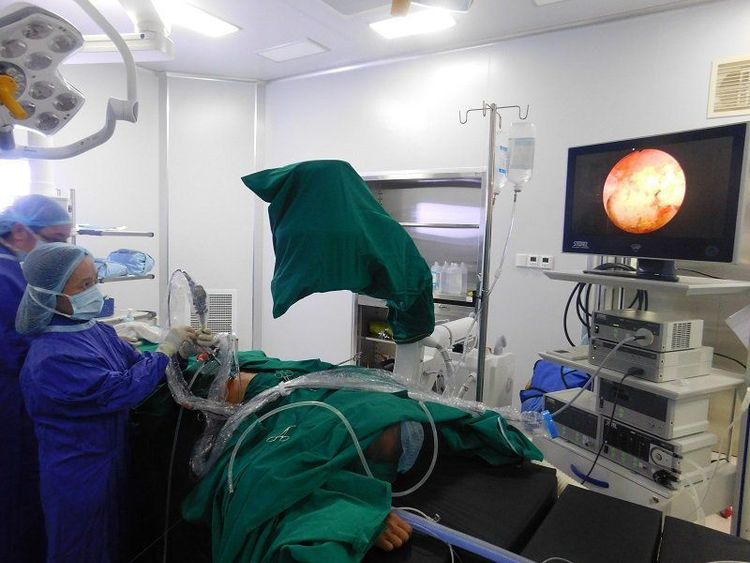
Phương pháp phẫu thuật nội soi điều trị sỏi ống mật chủ
Purpose
Remove the stone as well as any foreign body existing in the biliary tract, circulate the biliary tract and intestines, as well as drain the biliary tract.
Specific methods
Methods of connecting biliary tract - gastrointestinal tract.
According to the current treatment trend, often applying the method of conducting bile-jejunostomy, applying Roux-en-Y technique with positive advantages:
Avoiding retrograde bile duct infection No Use the bag to seal. Extension of the muscle of Oddi through the duodenum. However, this method still has a few limitations: it can lead to the risk of infection of the retrograde duct by bacteria from the intestinal tract, from worms, or food in the process of being regurgitated into the biliary tract. on.
Endoscopic Oddi muscle removal surgery
In Vietnam, this endoscopic method has been applied at a number of major medical centers and hospitals under the central hospital level.
Indications:
In case of laparoscopic removal of small stones In the case of small number of endoscopes, it will usually be 1 tablet Patients who have had abdominal surgery before. Indications for use in pediatric patients. Laparoscopic surgery in the abdomen
This method has not been widely applied in Vietnam, but it is an advanced technique to remove the gallbladder or expand the bile duct laparoscopically to remove stones in the abdomen. .
Indications:
In case of laparoscopic removal of small stones The number of stones is small, usually 1 tablet The patient has never had abdominal surgery. Each treatment method will have a different advantage, and each patient will be prescribed by a doctor to apply a different treatment regimen for common bile duct stones. This is a common disease, but you should not be subjective and need definitive treatment to avoid any risks later.
Please dial HOTLINE for more information or register for an appointment HERE. Download MyVinmec app to make appointments faster and to manage your bookings easily.







